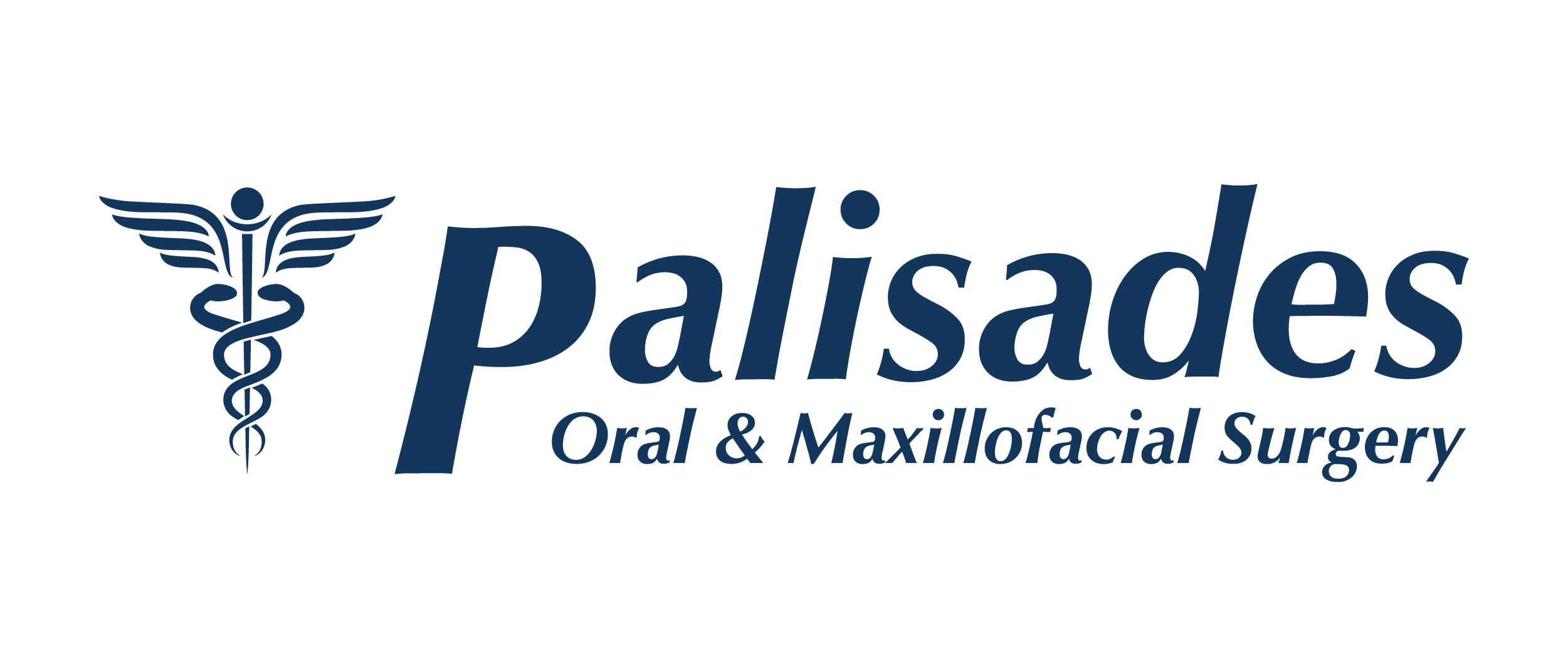Extractions
The removal of teeth can be performed with local anesthesia or with intravenous sedation. The procedure can take a few minutes or lasting up to 20 minutes. The procedure can be a simple removal or require incisions in the gums and possibly the use of a drill. The amount of post operative pain, swelling and discomfort is directly related to the difficulty of the extraction.
Apicoectomy
An Apicoectomy is performed on teeth that have had root canal therapy and have subsequently failed. The procedure is achieved by attempting to fill the tips of the roots to prevent bacterial contamination of the bone emanating from the roots of the root canal treated teeth. This type of procedure can be performed with local anesthesia or IV sedation. The postoperative pain, swelling and discomfort can last a few days to a week.
Bone grafts
Bone grafting is utilized to add more bone to a patients existing bone to achieve increase volume and structural support.
Some of the reasons for grafting bone can be; to repair a defect in the bone secondary to a pathologic lesion or a traumatic event. The most common reason for bone grafting in an oral surgeons office is to allow for the safe and stable placement of implants.
Bone grafts can be taken from various sources and from many manufactures that can be utilized safely for surgical success.
Exposing teeth for orthodontic treatment
Often times in growing children teeth will not erupt into the correct position and therefore become trapped in the bone. With a minor surgical procedure and orthodontic assistance the teeth can be brought into place over time.
The surgical procedure often times will require iv sedation and is followed by an orthodontic bracket placed on the trapped tooth submerged beneath the gums. The bracket is then attached to the current braces with a chain for which the orthodontist utilizes to direct the tooth into the correct position.
